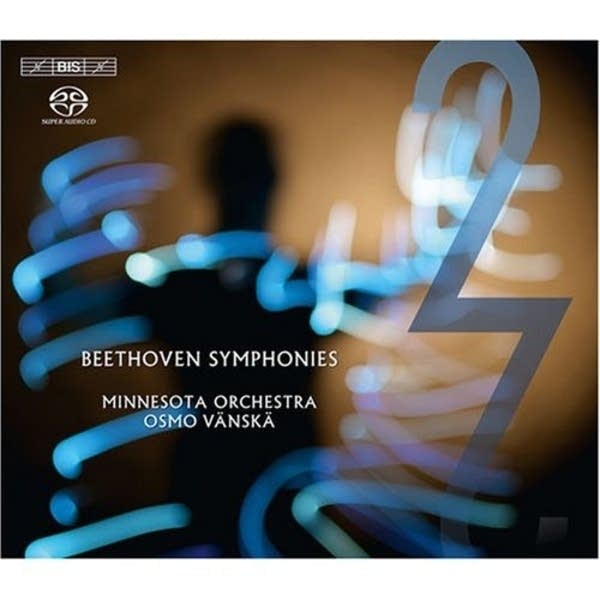New Classical Tracks: Minnesota's Beethoven

Recently while home from college, my son asked if there was a new Beethoven recording from the Minnesota Orchestra. I said, "As a matter of fact, there is."
My 19-year-old loves this new Beethoven cycle because the recordings are vibrant, alive and exciting. The final recording in the Minnesota Orchestra's five-year, five-disc cycle won't disappoint. It's a thrilling grand finale to this project.
Beethoven's Symphony No. 2 is a very optimistic work, despite the fact the composer was coming to terms with his increasing deafness. There's a profound sense of urgency in this symphony.
In the first movement the composer seems to be, as he once said, "seizing fate by the throat." The slow introduction swirls into a high-spirited Allegro con brio, with dramatic dynamics and off-beat accents, that whip the orchestra and the listener into a frenzy.
Create a More Connected Minnesota
MPR News is your trusted resource for the news you need. With your support, MPR News brings accessible, courageous journalism and authentic conversation to everyone - free of paywalls and barriers. Your gift makes a difference.
While the first movement will make any good orchestra and conductor sweat, the Larghetto creates an oasis for the listener. Vanska and the Minnesota Orchestra offer a convincing performance that's sweet, and even subtly humorous.
The finale is bold, yet playful. Vanska and the Minnesota Orchestra take full advantage of the comic possibilities as they switch between two contrasting themes.
One theme is powerful and richly scored, perfect for the full forces of this ensemble. The horns and woodwinds add a whimsical touch to the second theme.
The strong rhythmic drive of Beethoven's Symphony No. 7 is one reason it stands out from his other symphonies. After the long, slow introduction, the first movement rolls into a majestic theme propelled by the strings, and sustained by the winds and horns.
There is something very unsettling about the second movement, marked allegretto. This movement was so popular in the 19th century it often received an immediate encore.
We feel a sense of sadness or grief, as this work opens with variations on a staccato theme in the key of A minor. A contrasting section in the key of C major gives us a sense of hope before returning to the minor key.
There's a risk in recording these works, which have already been recorded so many times. When Osmo Vanska finally decided to commit to recording the Beethoven cycle with the Minnesota Orchestra, he knew he was in for either a complete triumph or a disaster.
Music lovers of all ages are responding with resounding praise. Crisp articulation, sound intonation, and a complete sense of ensemble playing makes this recording, and the complete Beethoven series with the Minnesota Orchestra and music director Osmo Vanska, a must-have for any music lover.
